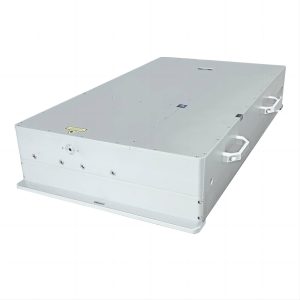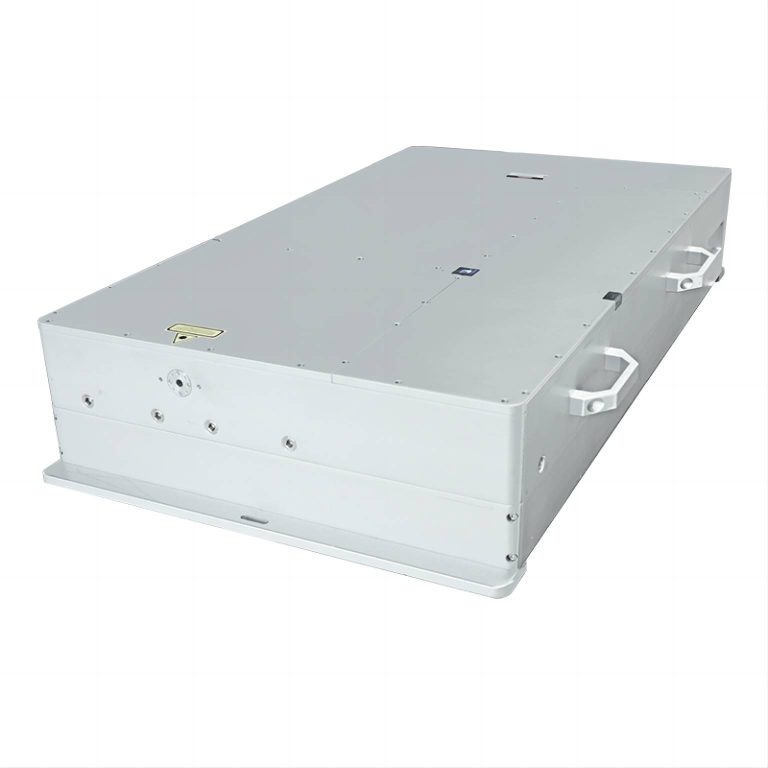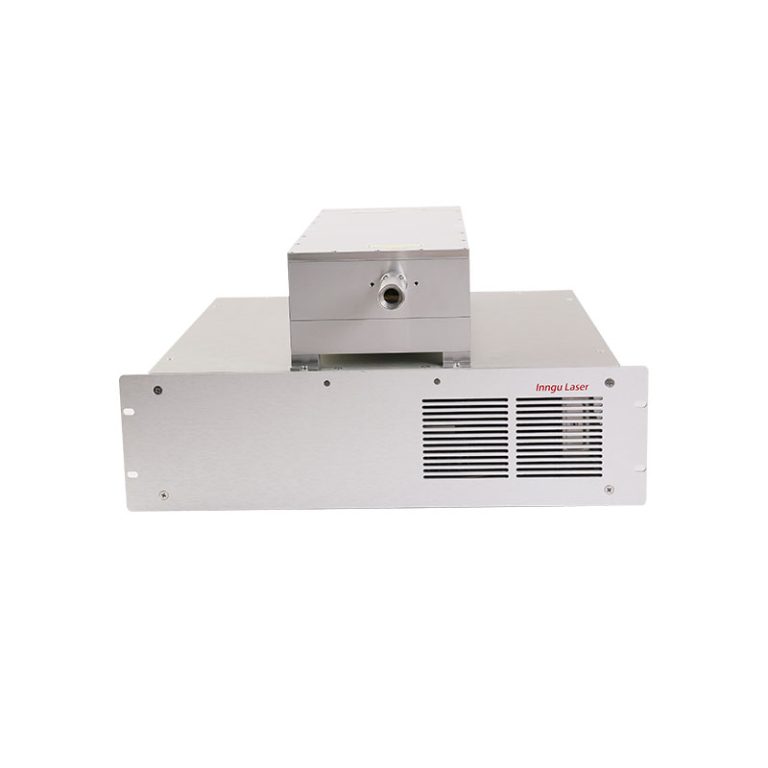Introduction:
UV lasers have emerged as cutting-edge tools, offering unparalleled precision and versatility in various industrial and scientific applications. This article explores the multifaceted advantages of UV lasers, delving into their unique features, applications across different sectors, and the transformative impact they have on high-precision tasks.
Fundamental Features of UV lasers:
Wavelength Precision:
One of the key advantages of UV lasers is their shorter wavelength, typically ranging between 100 and 400 nanometers. This characteristic enables finer focus and increased precision compared to lasers operating in longer wavelength ranges. The ability to concentrate energy in such a precise manner is particularly advantageous in applications demanding intricate details.
Pulse Duration:
The nanosecond pulse duration of these lasers sets them apart, allowing for ultra-fast, controlled bursts of energy. This feature is essential for tasks requiring rapid material processing, such as micromachining and laser ablation. The short pulses contribute to minimal heat transfer, preserving the integrity of the surrounding material.
High Peak Power:
UV lasers are known for their high peak power, which provides the necessary energy for efficient material removal or modification. This attribute is crucial in applications like laser drilling and cutting, where the ability to swiftly and precisely remove material is paramount.
Industrial Applications:
Precision Micromachining:
UV lasers excel in precision micromachining, where intricate structures and fine details are essential. The combination of short pulses and high peak power allows for precise material removal, making these lasers indispensable in the fabrication of microelectronics, medical devices, and micro-optics.
Laser Ablation in Manufacturing:
The advantages of UV lasers extend to manufacturing processes through laser ablation. Their ability to remove surface layers with high precision finds applications in the production of semiconductors, photovoltaic devices, and delicate medical implants. The minimized thermal impact ensures the integrity of the remaining material.
Marking and Engraving:
In the realm of marking and engraving, UV lasers offer superior performance. Their shorter wavelength enables finer markings, making them ideal for high-resolution labeling of products and intricate engraving on various materials, including metals and plastics.

Scientific and Research Applications:
Spectroscopy and Material Analysis:
UV lasers play a vital role in spectroscopy and material analysis, offering the necessary energy to induce fluorescence or generate specific wavelengths for analytical purposes. Their precise control and short pulses contribute to accurate measurements in scientific research, environmental monitoring, and material characterization.
Quantum Technologies:
Advancements in quantum technologies benefit from the characteristics of UV lasers. From manipulating quantum states to enabling quantum communication, these lasers contribute to the development of next-generation technologies with applications in quantum computing, sensing, and secure communication.
Advantages in Medical and Biotechnological Fields:
Non-Invasive Medical Procedures:
The precision and minimal thermal impact of UV lasers make them valuable tools in medical procedures. From eye surgery to dermatological treatments, these lasers enable non-invasive procedures with reduced collateral damage, enhancing patient safety and recovery.
DNA Sequencing and Cell Manipulation:
In biotechnology, UV lasers find applications in DNA sequencing and cell manipulation. The ability to precisely manipulate biological material at the cellular and molecular levels opens new avenues for research in genomics, proteomics, and cell biology.
Environmental Considerations:
Reduced Thermal Impact:
The reduced thermal impact of UV lasers contributes to their environmental sustainability. Unlike longer-wavelength lasers that may generate excessive heat during material processing, these lasers minimize thermal damage, preserving the structural integrity of materials and reducing energy consumption.
Precision in Waste Reduction:
In manufacturing processes, the precision offered by UV lasers translates to less material waste. This advantage aligns with sustainable practices, as the efficient use of materials reduces the overall environmental impact of industrial applications.
Future Trends and Developments:
Integration with Industry 4.0:
The ongoing integration of UV lasers with Industry 4.0 technologies is a notable trend. Smart manufacturing processes leverage the precision and control of these lasers, enhancing automation, data connectivity, and overall efficiency in production environments.
Advancements in Pulse Control:
Continuous research is focused on refining pulse control in UV lasers. Future developments aim to achieve even shorter pulse durations and enhanced pulse shaping capabilities, providing further customization for specific applications across diverse industries.
Conclusion:
In conclusion, the advantages of UV lasers extend across a wide spectrum of applications, ranging from industrial manufacturing to scientific research and medical procedures. The unique combination of wavelength precision, pulse duration, and high peak power positions these lasers as indispensable tools for tasks requiring intricate details, minimal thermal impact, and high efficiency. As technology continues to evolve, the transformative impact of UV lasers is likely to expand, opening new frontiers in precision engineering, scientific discovery, and sustainable practices across various sectors.


